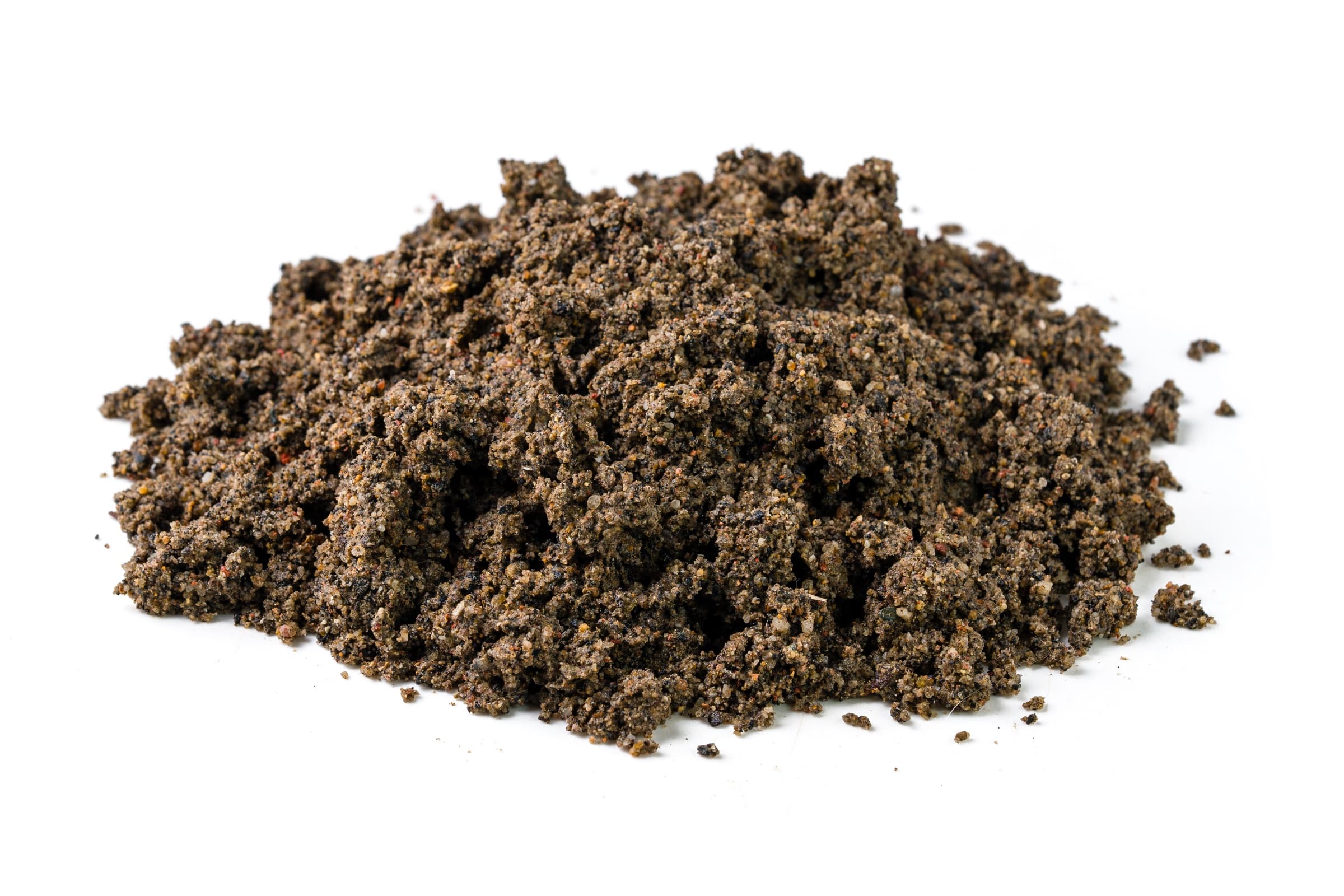“Clean fill” refers to earth materials such as uncontaminated soil, rock, sand, gravel, or similar substances that are entirely free from heavy metals and other contaminants and pose no environmental or health hazards to their proposed environment. These materials are used throughout the construction and development industries to fill holes and depressions in the ground, raise the elevation of the site, or artificially manufacture hills and mounds.
Applications
Clean fill is a cornerstone of construction and development, offering a reliable and safe material for myriad applications. Its versatility, purity, and compatibility with various projects make it an indispensable resource in the construction industry, supporting the creation of stable and sustainable structures and landscapes.
With its purity and versatility, Clean Fill finds many applications in construction and landscaping projects, enhancing functionality and aesthetics. Here are the common uses for Clean Fill in these domains:
Construction Grading: Clean Fill dirt is a fundamental component for construction grading. It’s employed to level and grade construction sites, ensuring a stable and uniform surface before constructing foundations, roads, buildings, or other structures. This foundational step is crucial for constructed elements’ structural integrity and longevity.
Landscaping: In landscaping endeavours, Clean Fill dirt is pivotal in reshaping the terrain to create desired features. It’s used to sculpt hills, valleys, and various topographical elements that contribute to landscapes’ visual appeal and functionality. Clean Fill also provides a solid and stable base for planting trees, shrubs, and other vegetation, fostering healthy growth and landscape aesthetics.
Filling Depressions: Clean Fill dirt is the go-to solution for filling depressions, holes, or voids in the ground. These depressions may result from various activities, including excavation, mining, or land disturbances. Clean Fill restores the terrain to its original or desired level, ensuring a safer and more even surface.
Reclamation Projects: Environmental reclamation projects rely on Clean Fill dirt to restore disturbed areas to their natural state or repurpose them for sustainable uses. Whether revitalizing abandoned industrial sites or reclaiming mining areas, clean Fill is vital in transforming the land into environmentally viable and productive spaces.
Roads and Infrastructure: Clean Fill dirt is an essential base material for roads, parking lots, and other infrastructure projects. Its compactability and stability contribute to the creation of solid foundations that withstand the pressures of heavy traffic and load-bearing requirements. Clean Fill is crucial for constructing safe and durable transportation networks.
Clean Fill dirt’s adaptability and reliability make it an indispensable resource in construction and landscaping. Its use ensures that projects are built on solid ground, literally and metaphorically, contributing to the constructed environment’s longevity, safety, and aesthetic appeal.
Benefits
Clean Fill is pivotal in establishing a stable and well-compacted foundation for various projects within the construction, building, and development industries. This, in turn, mitigates the potential for issues such as settling and uneven surfaces, ensuring the durability of structures and landscaping features.
Load Distribution: A key benefit of Clean Fill is its capacity to evenly distribute the weight of structures, buildings, or landscaping elements. This even weight distribution is critical for averting structural damage and maintaining the integrity of projects over time.
Waste Reduction: Clean Fill offers a sustainable solution by repurposing excavated or surplus materials, effectively curbing the volume of waste destined for landfills. This eco-conscious approach aligns with environmental conservation efforts.
Environmental Considerations: Utilizing Clean Fill aligns with sustainable construction practices, underpinned by the principles of reusing materials and minimizing ecological impact. This eco-friendly choice reflects a commitment to responsible resource management.
Site Preparation: In site preparation, clean fill shines as it furnishes a reliable, level, and solid foundation for construction ventures. This ensures that buildings and infrastructure are constructed on robust footing, guaranteeing structural integrity.
Landscaping Flexibility: Clean fill extends the creative possibilities of landscaping and outdoor space design by allowing for the shaping of land contours. This flexibility empowers professionals to craft unique and aesthetically pleasing landscapes.
Regulatory Compliance: Incorporating clean fill into projects is essential to meeting regulatory standards for site preparation and construction. This commitment to compliance ensures that projects adhere to rigorous environmental and safety guidelines.
Improved Drainage: Properly placed clean fill can positively impact site drainage, enhancing patterns that reduce the risk of water pooling and related concerns. This improvement is integral for maintaining site functionality and preventing water-related issues.
Customization: Fill dirt can be tailored to meet specific project needs by
adjusting its composition and characteristics.
Quick Application: Using clean fill dirt can expedite construction and development projects by providing a ready-to-use material.
It’s important to note that while clean fill dirt has numerous benefits, it must meet regulatory and environmental standards to ensure that it is indeed non-contaminated and safe for use. Always ensure that the source of your clean fill material is reputable and compliant with local regulations. Additionally, consulting with experts and obtaining necessary permits or approvals is essential for a successful and environmentally responsible project.
Products
More like this
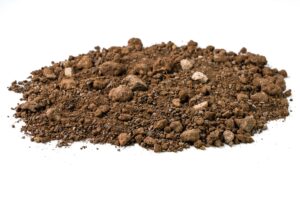
Type B Fill
Type B fill is frequently employed as a lightweight backfill material for constructing retaining walls and embankments, particularly in situations involving weaker soils. The term “Type B fill” designates a specialized category...
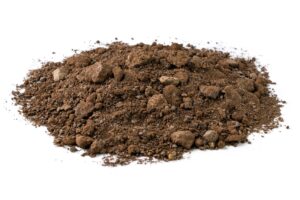
Type A Fill
Type A fill refers to a specific classification of engineered fill material commonly used in construction projects, providing a stable and compacted base for various structures.Type A material, known for its low permeability, is positioned...
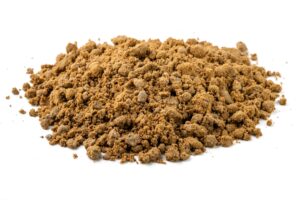
Tailings
Tailings are the waste materials left behind after extracting valuable minerals from ores in industries like mining and mineral extraction. These residual materials consist of finely ground particles, often in a slurry form, and vary in...
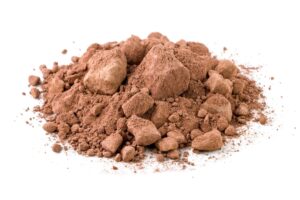
Mud Stone
Mudstone is a type of sedimentary rock that is composed of fine-grained particles, including clay minerals and silt, derived from the settling of clay in calm water bodies. It forms through the accumulation and compaction of these small...
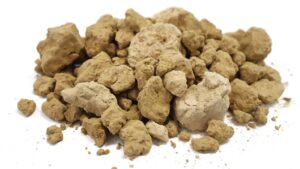
Clay Overburden
Clay overburden is the stratum of clay-rich material that frequently overlays valuable subterranean resources or mineral deposits. Typically, it is extracted and temporarily relocated during mining or excavation operations to facilitate...
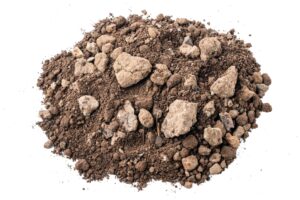
Clay
Clay is a fine-grained soil material composed of minuscule mineral particles and organic matter. Its notable characteristic is its inherent plasticity and cohesion when in a moist state, while transitioning to a firm and compact form when...

Capping Clay
“Capping clay” refers to a particular variety of clay that develops a natural firm, solid layer or crust on the soil’s surface following periods of rainfall or irrigation as it dries.

Case
studies

Normark
Established in 1977, Normark are a second generation family business specialising in landscape design and construction across Melbourne. "From inner-city Melbourne courtyards to large commercial open spaces, Normark will deliver."

Normark
Established in 1977, Normark are a second generation family business specialising in landscape design and construction across Melbourne. "From inner-city Melbourne courtyards to large commercial open spaces, Normark will deliver."

Normark
Established in 1977, Normark are a second generation family business specialising in landscape design and construction across Melbourne. "From inner-city Melbourne courtyards to large commercial open spaces, Normark will deliver."

Normark
Established in 1977, Normark are a second generation family business specialising in landscape design and construction across Melbourne. "From inner-city Melbourne courtyards to large commercial open spaces, Normark will deliver."

Normark
Established in 1977, Normark are a second generation family business specialising in landscape design and construction across Melbourne. "From inner-city Melbourne courtyards to large commercial open spaces, Normark will deliver."

